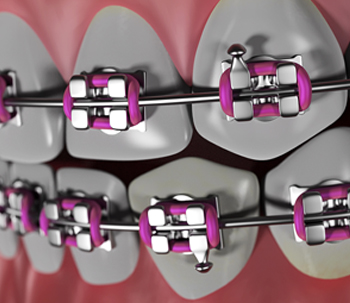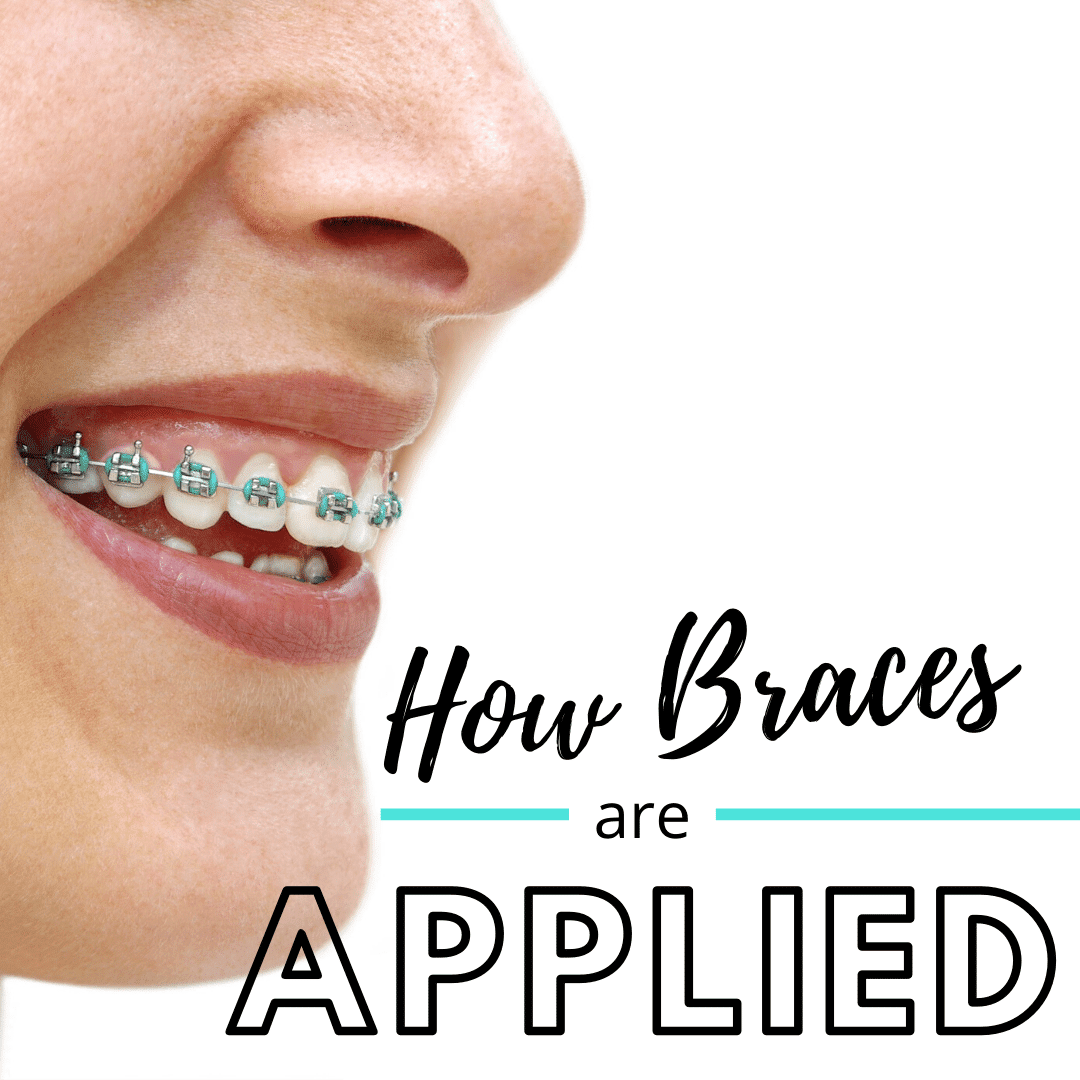The Gray Orthodontics Statements
The Gray Orthodontics Statements
Blog Article
The 5-Second Trick For Gray Orthodontics
Table of Contents8 Easy Facts About Gray Orthodontics ShownGetting The Gray Orthodontics To WorkThe Best Strategy To Use For Gray OrthodonticsWhat Does Gray Orthodontics Do?About Gray OrthodonticsSome Known Questions About Gray Orthodontics.Excitement About Gray Orthodontics
What is the difference in between a dental practitioner and an orthodontist? All dental professionals, including orthodontists, deal with the teeth, periodontals, jaw and nerves.
An orthodontist is a dentist that has actually gone through training to specialize in the medical diagnosis, avoidance and treatment of irregularities in the jaw and teeth. They can also recognize prospective problems in teeth alignment that might create when problems are left neglected.
Not known Facts About Gray Orthodontics
This includes all the required education and learning to end up being a general dental practitioner. According to the American Trainee Dental Organization (ASDA), it suggests you will certainly need to have either a Medical professional of Medicine in Dentistry (DMD) or a Medical Professional of Oral Surgery (DDS). Simply put, orthodontists need to complete dental school and afterwards acquire an orthodontics specialty education.
These include apparatus such as dental braces, retainers and Invisalign. What does an orthodontist do, and what do they concentrate on? The overall objective of an orthodontist is to improve a client's bite. Not everybody is born with straight teeth, and an orthodontist will certainly guarantee that patients obtain uniformly spaced straight teeth.
Facts About Gray Orthodontics Revealed
When you have a healthy and balanced bite, you can speak, chew and eat correctly, thus improving your quality of life. Apart from the orthodontist, we commonly see assistants working with these oral professionals in their clinics. So, what is an orthodontist assistant called? They're suitably called orthodontic assistants. They are specialized aides, and are trained to manage oral equipment and offer preventative oral health care.
In enhancement, we use flexible therapy schedules, adaptable payment choices and an enjoyable, enjoyable experience.
An orthodontist is a medical professional who gets a couple of years of added training after finishing from oral school. They concentrate on enhancing your bite. They do not execute basic dentistry treatments like fillings, crowns or bridges. According to the American Organization of Orthodontists, children should have their initial orthodontic visit no behind the age of 7.
Not known Details About Gray Orthodontics
Usually, kids who need early orthodontic treatment can minimize their requirement for extensive dental treatments in the future. Practically every person can acquire some benefit from orthodontics. But some people require therapy more than others. Lots of people seek orthodontic treatment due to the fact that they intend to enhance the look of their smile. In enhancement to cosmetic benefits, orthodontics offers improved chewing feature and better oral health and wellness.

Some Known Incorrect Statements About Gray Orthodontics
Ever wondered exactly how celebrities always appear to have completely straightened teeth? Orthodontists are oral professionals who concentrate on dealing with irregularities in the teeth and jaws.
While braces are one of the most typically recognized orthodontic therapy, orthodontists have a varied toolkit at their disposal. The particular technique selected relies on the seriousness of the instance, the patient's age, and private choices. These tried-and-true braces use a system of brackets adhered to the teeth and linked by cables.
Clear aligners, like Invisalign, are a prominent choice for individuals looking for an extra discreet therapy alternative. These detachable trays are custom-made to gradually move the teeth's setting. Headwear may be made use of along with braces or aligners to apply extra targeted pressures, particularly for remedying jaw inconsistencies. In situations of slim jaws, palatal expanders can be used to develop room for proper tooth positioning.
Gray Orthodontics for Beginners
While attaining an attractive smile is an all-natural perk of orthodontic treatment, the benefits prolong much past looks. Effectively straightened teeth and a balanced bite add to improved dental health in a number of ways: Straight teeth are easier to clean, which aids prevent tooth cavities and periodontal illness (https://worldcosplay.net/member/1782301). A correct bite enables effective chewing, which helps in food digestion and general gut health and wellness
An orthodontist is a dental practitioner trained to detect, prevent, and deal with teeth and jaw irregularities. They fix existing conditions and are trained to identify troubles that may create in the future. Orthodontists collaborate with individuals of any ages, from children to adults. Individuals typically link an ideal smile with health.
The Definitive Guide for Gray Orthodontics
All orthodontists are dental practitioners, yet not all dentists are orthodontists. Orthodontic residency programs use intensive, concentrated guideline for oral specialists. They focus on 2 areas: How to linked here appropriately and securely relocate teeth Exactly how to appropriately lead growth in the teeth, jaw, and faceOnce an orthodontist has completed training, they have the alternative to end up being board accredited.
Imbalance, or malocclusion, is the most common reason people see an orthodontist. It is genetic and is the outcome of dimension distinctions between the upper and lower jaw or in between the jaw and teeth. Malocclusion brings about tooth congestion, a misshapen jaw, or irregular bite patterns. Malocclusion is typically treated with: Your orthodontist connects metal, ceramic, or plastic square bonds to your teeth.
Report this page